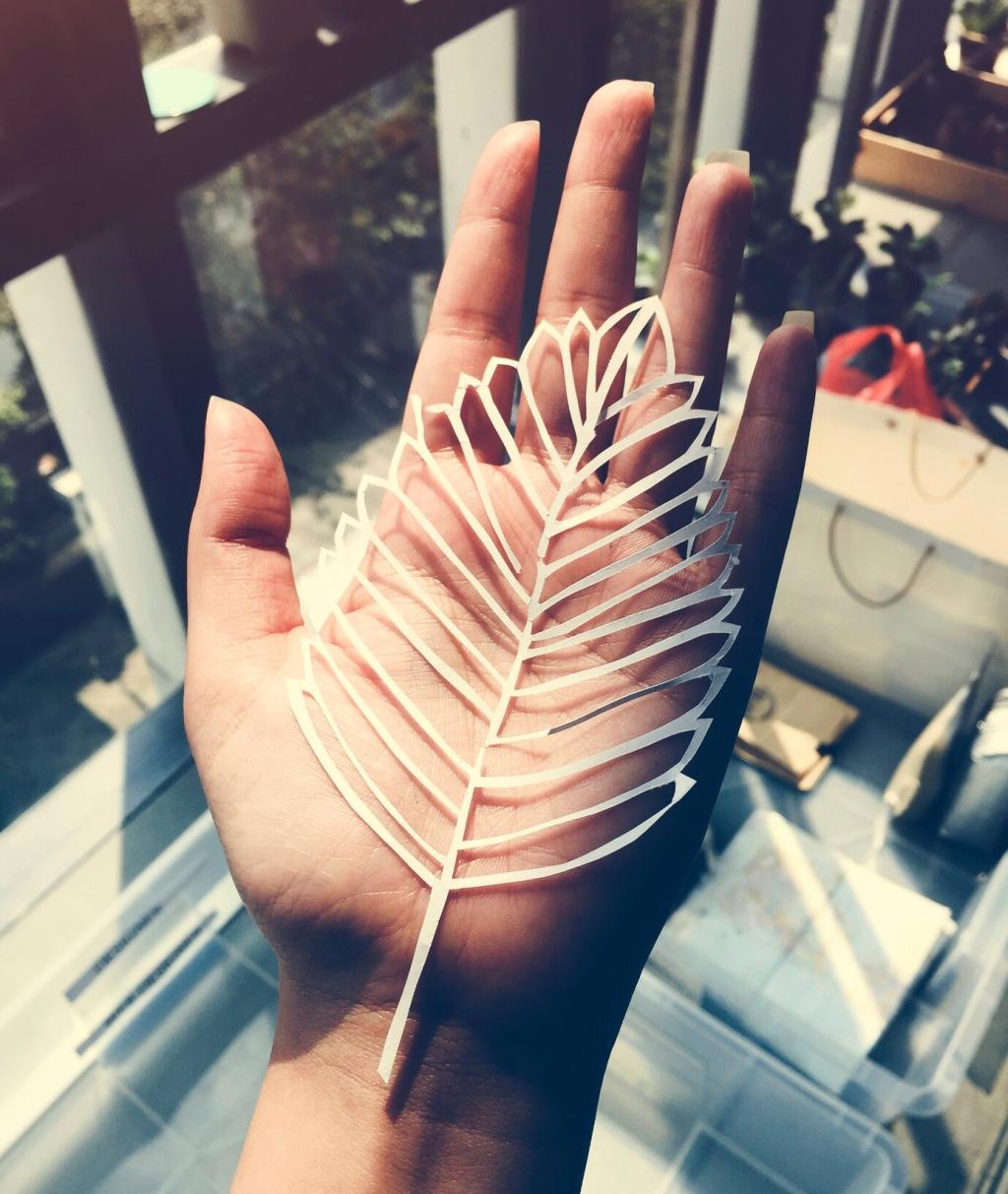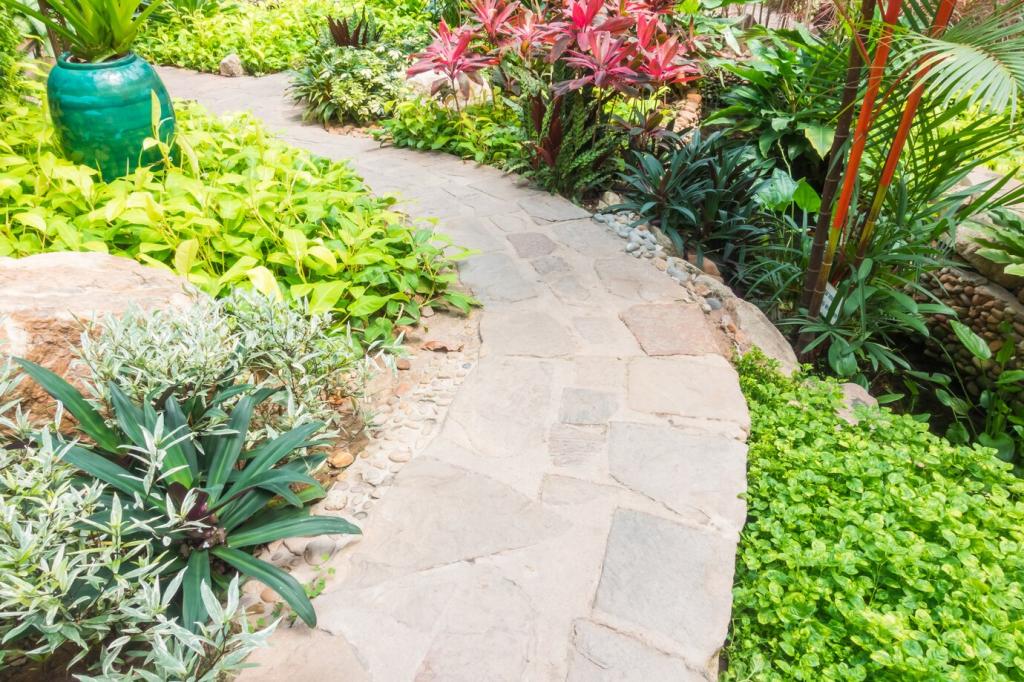Start Smart: Assessing Your Garden’s Thirst
Dig a small test hole, fill it with water, and time how quickly it drains. Sandy soils release moisture fast, clay soils hold tightly, and loam sits happily between. Post your results and we’ll help you tune a water-wise plan.
Start Smart: Assessing Your Garden’s Thirst
Notice where sun bakes and shade lingers, where wind funnels or walls shelter. Match drought-tolerant plants to the hottest spots and reserve moderate water users for cooler pockets. Tell us your microclimate puzzles and we’ll brainstorm solutions.
Start Smart: Assessing Your Garden’s Thirst
Use a simple rain gauge and weekly notes to track rainfall and irrigation. Many gardens thrive with deep, infrequent watering rather than daily sips. Start a log today, share your baseline, and compare strategies with fellow readers.





